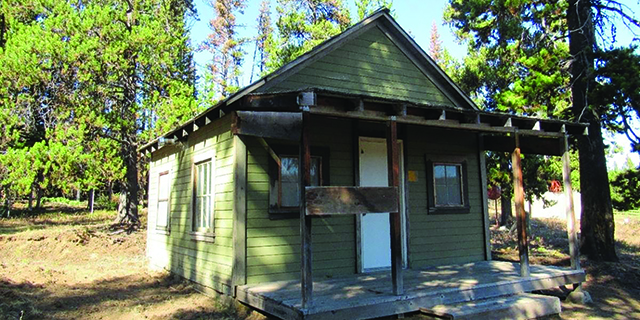Mountain Man Medicine: Give guidance for end-of-life decisions
Published 11:16 am Friday, December 28, 2018
Imagine you are lying in a hospital bed unable to communicate and your loved ones are tasked with the decision in the next step of your medical care. Do they know your wishes in these possible final moments? Will you have the chance to fight for your life? Or will you be hooked to a machine to keep you alive when you would rather pass on?
Too often, the discussion about end of life care is postponed until the patient is unable to participate. Especially in unplanned, emergency situations, the decisions that need to be made may happen faster than we are prepared to handle. Possessing a document that explains the patient’s desires in various scenarios can remove unnecessary anxiety and guilt to an already traumatizing event. Two of these documents that assist us in dire times are the POLST (Physician Orders for Life-Sustaining Treatment) and Advance Directive forms. Both forms can be extensive in the amount of scenarios and questions asked.
Trending
POLST forms are used by healthcare professionals to determine the type of care a patient chooses when they have been diagnosed with a serious illness that may result in death within a few years. Examples may include advanced heart, lung, liver or kidney disease or cancer, etc.… Due to the POLST being a physician order, and the complexity of your disease, a physician must assist you when completing the form. A POLST form has two main sections: CPR and medical interventions. These sections determine if you want a Do Not Resuscitate (DNR) or to be placed on life support to name a few. Your physician can guide you through the vocabulary as well as help you understand completely the decisions you choose to make.
Advance Directive is a legal form that can be completed in advance to illness, injury, or unexpected decline in health. This provides direction to family, friends and health care professionals in the case of life-sustaining treatments when you are not able to communicate or decide for yourself. Unlike the POLST, this document can be both extensively detailed and also broad. This document also allows for the selection of a surrogate decision-maker (naming someone to help make decisions not listed in the document). Unlike a POLST form, this document can be completed at home so long as a witness is present and signs demonstrating that you are of sound mind. However, some of the vocabulary or scenarios may be overwhelming, so it would be wise to consult a healthcare professional for assistance.
More information, as well as the actual forms, can be found online at www.oregonpolst.org or at your healthcare professional’s office.
As healthcare professionals, we understand that death can be traumatic and unexpected. We wish to provide all the support each patient and family member needs to hopefully make the experience less difficult. These forms allow us and others involved to feel some comfort in knowing that we are honoring the final wishes of loved ones who pass on.









